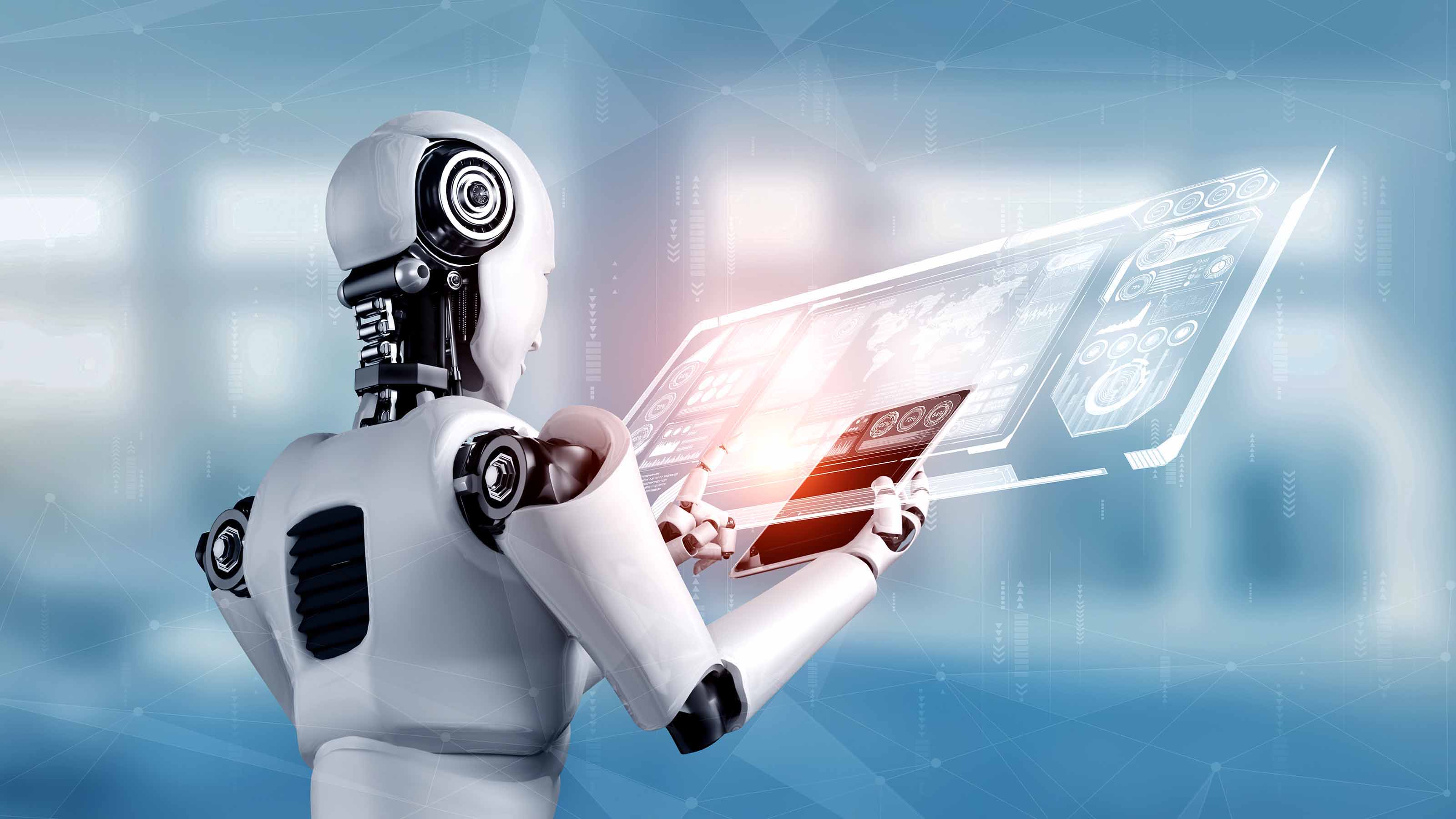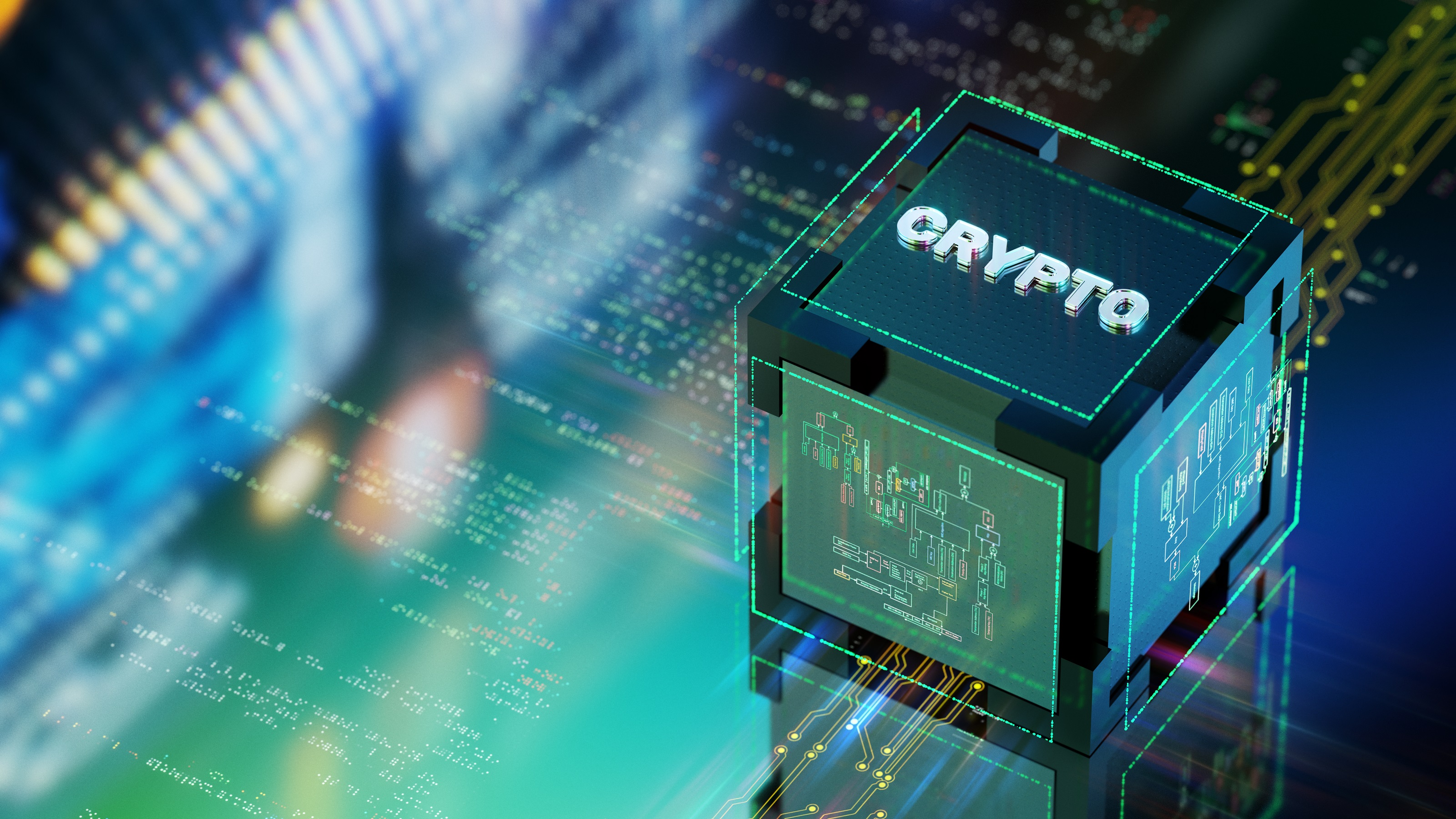Higher Inflation? The Risks Are Increasing
Many forecasters expect inflation to slow in 2012, but the prospect that consumer prices will accelerate is growing, and the current rosy predictions may change. Here's what to watch.
The odds that inflation will accelerate in 2012 are rising. Current forecasts call for inflation to speed up in the next few months, then slow in the third and fourth quarters, ending up at about 2% for the year as a whole, down from 3% in 2011. We’re still holding to that prediction. So is the consensus forecast.
Nevertheless, there are growing risks that inflation could exceed last year’s pace -- possibly rising to 4% or so.
SEE ALSO: All Our Economic Outlooks

Sign up for Kiplinger’s Free E-Newsletters
Profit and prosper with the best of expert advice on investing, taxes, retirement, personal finance and more - straight to your e-mail.
Profit and prosper with the best of expert advice - straight to your e-mail.
The economic pickup that we are beginning to see may not spawn a full-fledged boom, but it is likely to add to inflationary pressures, and to encourage companies that have held back during the Great Recession to boost prices now to make up for the lean years. Depending on the timing, that could accelerate consumer prices in the second half of the year.
The housing market, which has been a drag on the economy since the 2007-2008 collapse, is showing new signs of life. If the turnaround begins in earnest, housing could rebound sharply later this year, intensifying inflationary pressures across a wide range of goods, from appliances to furniture.
Bank lending is on the rise again, and if the recovery continues to strengthen, and consumers and businesses become more confident, it will most likely increase substantially. Banks have been rebuilding their reserves and are well positioned to boost their lending quickly if demand picks up.
Thanks in large part to the Federal Reserve’s antirecession policies, the economy is awash with money, a factor that could exacerbate inflation pressures as the economy picks up steam. Although the central bank says it is pausing in its efforts to spur more growth, the excess liquidity is likely to remain for some time. As a result, when and if inflation takes hold, it could rapidly spiral through the economy. Moroever, there’s pent-up pressure from companies that haven’t been able to boost prices during the recession.
In fact, inflation is already picking up. Although the Labor Department’s core price index, which excludes food and energy prices, has remained relatively tame in recent months, the overall Consumer Price Index is now 2.9% above its level of a year ago. What’s more, the unofficial Everyday Price Index compiled by the American Institute of Economic Research shows that prices of goods and services purchased frequently by consumers are climbing at a 7.2% annual rate -- more than twice the pace of the Consumer Price Index.
Gasoline prices soared by almost 7% in January and February. Although we still don’t think they’ll reach the $5-a-gallon level predicted by some analysts, they are vulnerable to further oil price increases stemming from geopolitical pressures such as possible military conflict with Iran. Domestic bottlenecks such as refinery problems also may push pump prices up.
With wages accelerating in China and, indeed, all over Asia, prices charged by U.S. big-box stores that import heavily from the region, such as Wal-Mart, may soon rise. Many vendors already have begun moving production to lower-wage Asian countries, but it likely would take time to make a big enough switch to dampen the cost increase.
Financial markets have begun to flash warning lights. Bond yields have been edging up -- historically one of the first indications that broader rate hikes may be in the offing. And twice during the past few weeks, investors have bought inflation-indexed Treasury securities at negative interest rates, as a hedge against rising inflation.
To be sure, right now these inflation indicators are no more than early warning signs. The latest pickup in economic activity still is relatively weak. And there’s plenty to suggest that, barring a conflict with Iran, gasoline prices will edge lower this coming fall. (If they continue to soar, they’ll depress the economy, and inflation won’t be as big a threat.)
Most important, the inflation outlook hasn’t begun to affect wages and compensation costs in the U.S., the key measure of whether the price surge has become a serious problem. The Labor Department’s employment cost index rose by 0.4% in the final quarter of 2011 -- up only 2% for the entire year.
Nevertheless, the warning signs pose a quandary for the Fed, which will have to decide when the inflation threat has become serious enough to start boosting interest rates again, and how to do so without blunting the recovery. Fed Chairman Ben Bernanke has pledged that the central bank will remain vigilant. So should business.
Get Kiplinger Today newsletter — free
Profit and prosper with the best of Kiplinger's advice on investing, taxes, retirement, personal finance and much more. Delivered daily. Enter your email in the box and click Sign Me Up.

-
 5 Easy Weatherproofing Projects That Help Prevent Damage and Save on Insurance
5 Easy Weatherproofing Projects That Help Prevent Damage and Save on InsuranceProtect your home from storms and water damage with these simple weatherproofing upgrades — some may help reduce your home insurance premium.
By Paige Cerulli
-
 If Trump Fires Jerome Powell, What Happens To Savings and Mortgage Rates?
If Trump Fires Jerome Powell, What Happens To Savings and Mortgage Rates?President Donald Trump expressed his desire to remove Fed Chair Jerome Powell. If the president is successful, how would it impact your savings accounts?
By Sean Jackson
-
 AI Heads to Washington
AI Heads to WashingtonThe Kiplinger Letter There’s big opportunity for AI tools that analyze MRIs and other medical images. But also big challenges that clinicians and companies will have to overcome.
By John Miley
-
 The AI Doctor Coming to Read Your Test Results
The AI Doctor Coming to Read Your Test ResultsThe Kiplinger Letter There’s big opportunity for AI tools that analyze CAT scans, MRIs and other medical images. But there are also big challenges that human clinicians and tech companies will have to overcome.
By John Miley
-
 The New Space Age Takes Off
The New Space Age Takes OffThe Kiplinger Letter From fast broadband to SOS texting, space has never been more embedded in peoples’ lives. The future is even more exciting for rockets, satellites and emerging space tech.
By John Miley
-
 Rising AI Demand Stokes Undersea Investments
Rising AI Demand Stokes Undersea InvestmentsThe Kiplinger Letter As demand soars for AI, there’s a need to transport huge amounts of data across oceans. Tech giants have big plans for new submarine cables, including the longest ever.
By John Miley
-
 What DOGE is Doing Now
What DOGE is Doing NowThe Kiplinger Letter As Musk's DOGE pursues its ambitious agenda, uncertainty and legal challenges are mounting — causing frustration for Trump.
By Matthew Housiaux
-
 A Move Away From Free Trade
A Move Away From Free TradeThe Letter President Trump says long-term gain will be worth short-term pain, but the pain could be significant this year.
By David Payne
-
 Trump’s Whirlwind Month of Crypto Moves
Trump’s Whirlwind Month of Crypto MovesThe Kiplinger Letter The Trump administration wants to strengthen U.S. leadership in the cryptocurrency industry by providing regulatory clarity.
By Rodrigo Sermeño
-
 Donald Trump Tests His Limits
Donald Trump Tests His LimitsThe Kiplinger Letter President Encounters Legal Obstacles in Pursuit of Ambitious Agenda.
By Matthew Housiaux